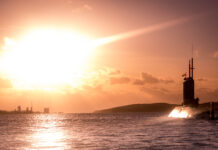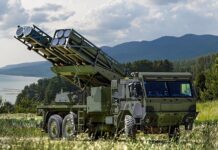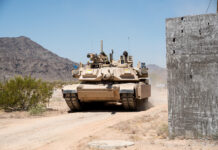Leonardo’s 127 mm Vulcano ammunition has completed acceptance trials for the German Navy, following tests at the Andøya test range in northern Norway. Tests of the new ammunition were conducted aboard the frigate F225 Rheinland-Pfalz. Two of Germany’s defence technical services, WTD 71 (responsible for ships, naval weapons, maritime technology and research), and WTD 91, (responsible for weapons and ammunition), supervised the tests. The acceptance of Vulcano brings the country’s F125 Baden-Württemberg class frigates closer to attaining full operational capability (FOC), and the ammunition is also slated for use on Germany’s future F126 Frigates. Procurement is expected to commence later in 2022, and be completed by 2026.
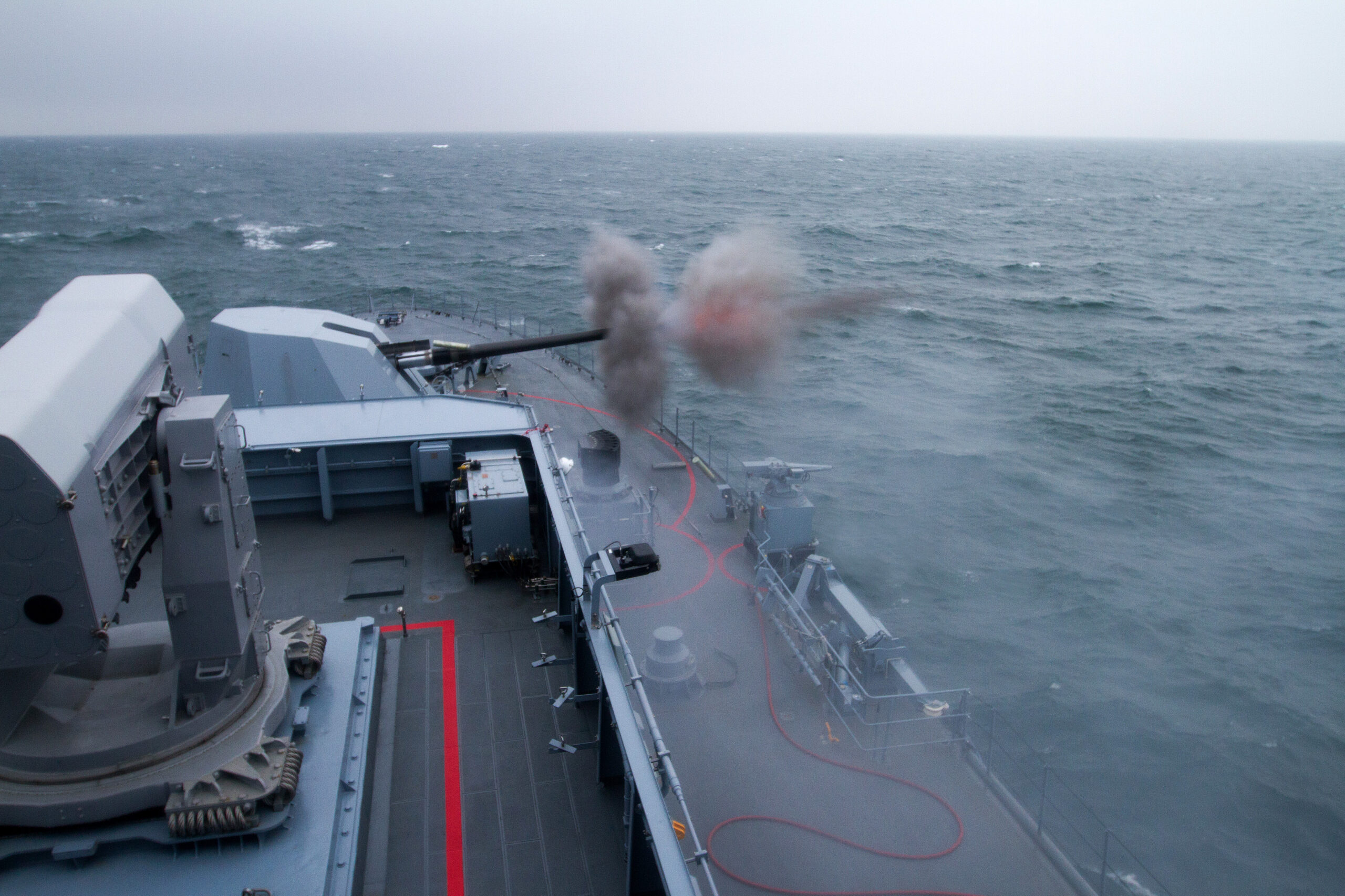
The F125 frigates have so far only had access to training ammunition for their Leonardo 127/64 LW (Lightweight) 127 mm guns. On 4 November 2020, the Budget Committee of the German Bundestag authorised the procurement of around 13,000 projectiles and propellant charges for the 127 mm guns. Following this, on 23 November 2020, the German Federal Office of Bundeswehr Equipment, Information Technology and In-Service Support (BAAINBw) signed a framework contract with Diehl Defence for 7,000 training projectiles and propelling charges with a contract value of EUR 33 M, with deliveries to be conducted from 2022 to 2025, and an option for a further 6,000 projectiles to be exercised by 2027.
Vulcano is an extended-range ammunition family developed by Leonardo in cooperation with Diehl, with a range of ammunition natures offered for 76 mm and 127 mm naval guns, as well as 155 mm ammunition for ground-based artillery. The family uses a sub-calibre projectile design to attain greater ranges than standard-dimension equivalents, with ranges of 70 km attainable by Vulcano 155 and 80 km for the Vulcano 127, and both are offered in unguided Ballistic Extended Range (BER) and Guided Long Range (GLR) natures.
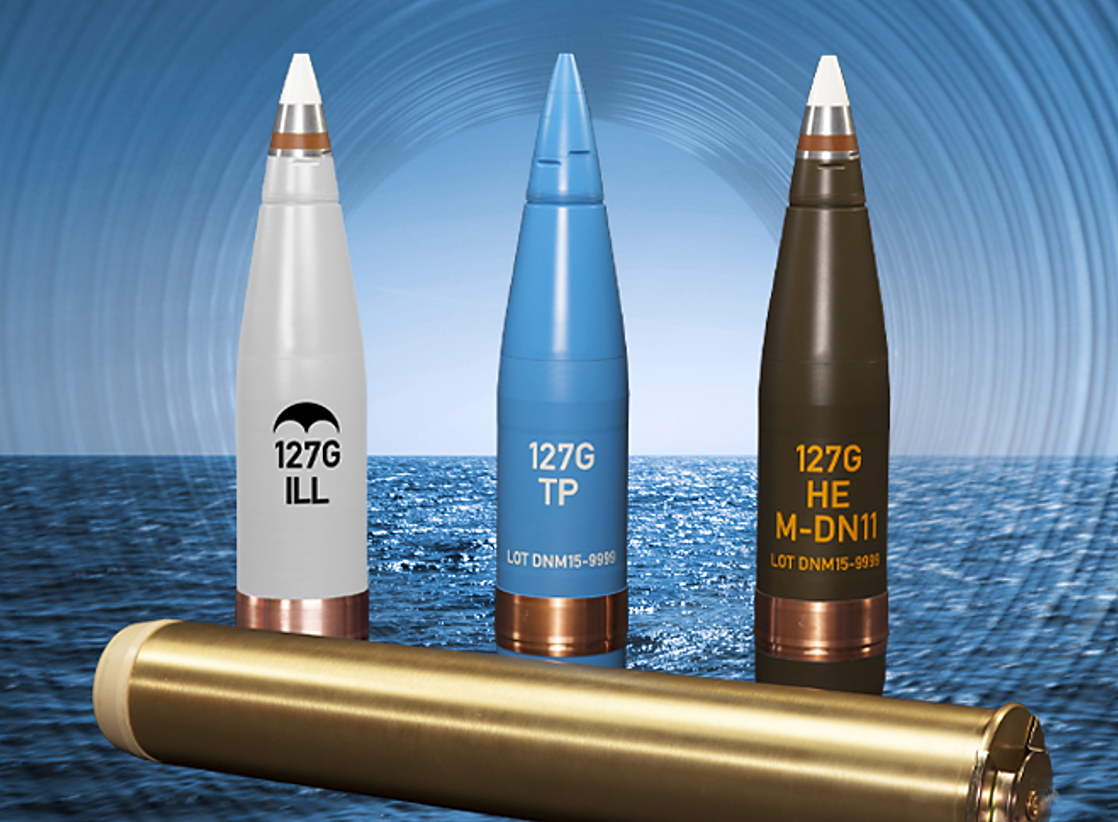
According to the manufacturer the baseline GLR variant with combined Inertial Measurement Unit (IMU) and GPS guidance can attain a Circular Error Probable (CEP) of ≤5 m at any operative range. This variant is also fitted with a radio frequency programmable fuze capable of various activation modes including altimetric (height of burst), impact, and delayed impact. Separate to the IMU+GPS nature, Leonardo also offers two seeker-based natures for improved accuracy against moving targets – a Semi-Active Laser (SAL), which allows an accuracy increase to ≥3 m CEP, and an infrared (IR) homing seeker. Among all GLR variants, course correction is performed via steering fins mounted near the base of the ogive. Leonardo has also stated that it is possible to programme the ammunition to follow a 90° final angle of approach on its target, though presumably this is only possible within certain ranges.
The ammunition type is already in use on the Italian Navy’s two types of FREMM frigates GP and PPA. The associated 127/64 LW Leonardo weapon system has been selected by Canada for the Canadian Surface Combatant program, as well as by the Dutch Navy for the De Zeven Provinciën-class air defence frigates. Despite its high calibre, the fully digitised gun can attain a rate of fire of 40 rds/min.
Hans Uwe Mergener




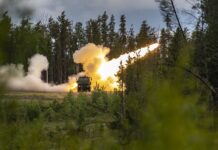
![Desolate skies: Why GBAD matters IRIS-T SLM key system components viewed from above, consisting of the command post (left), transporter, erector, launcher (TEL; middle), and radar (right). This system forms the MRAD component of ESSI. [Diehl Defence]](https://euro-sd.com/wp-content/uploads/2025/08/IRIS-T-SLM-system-components_Diehl-Defence-Kopie-218x150.jpg)

